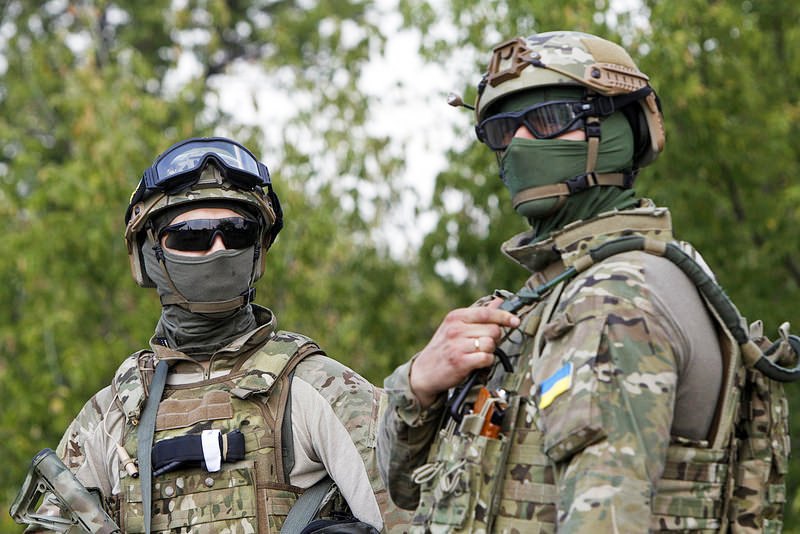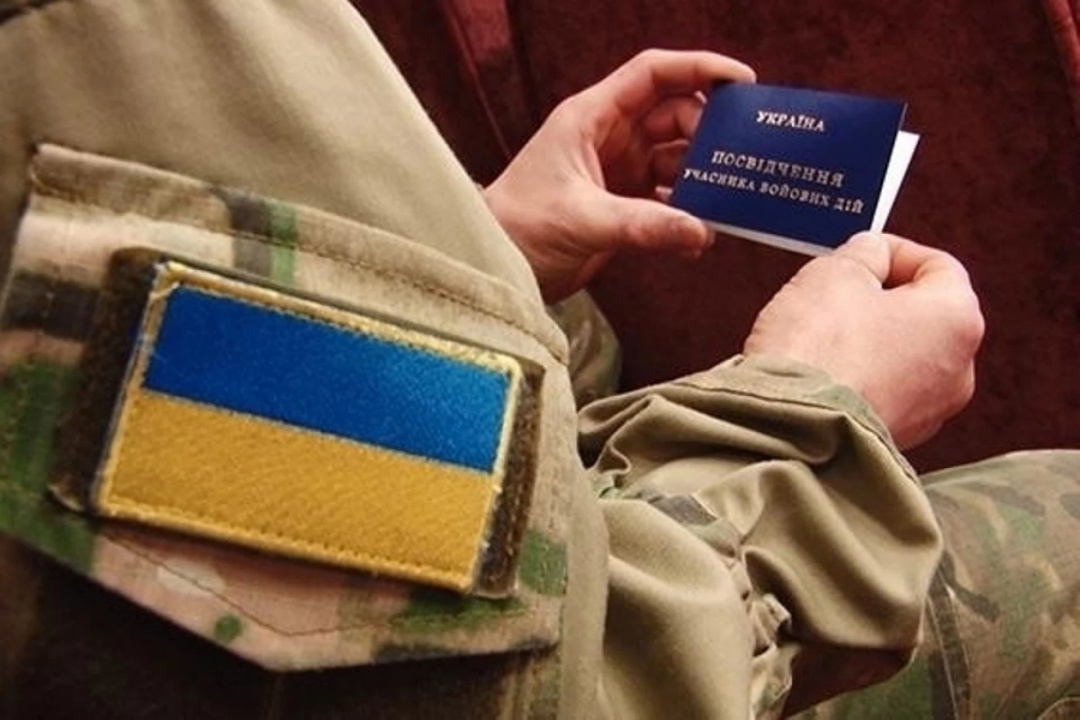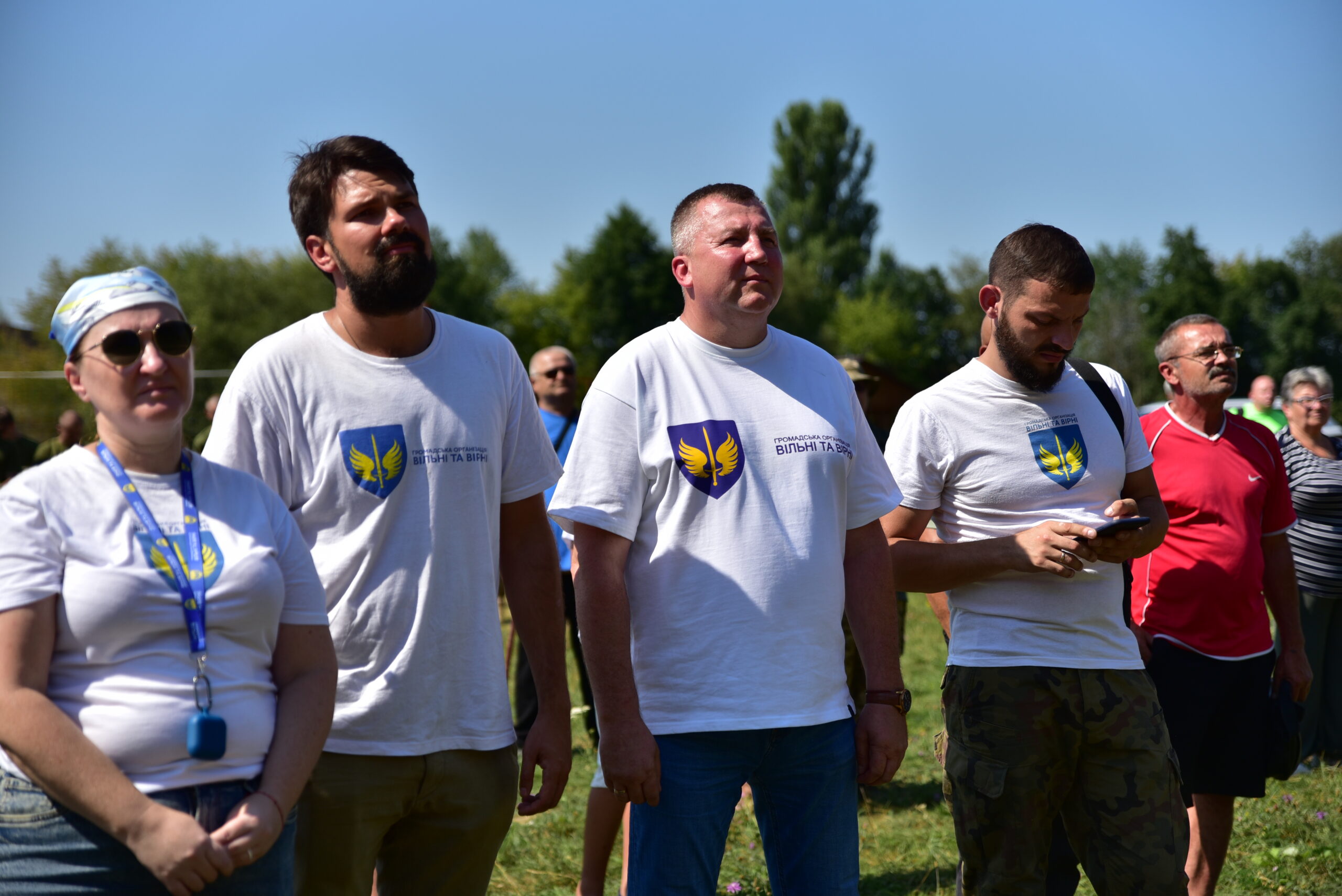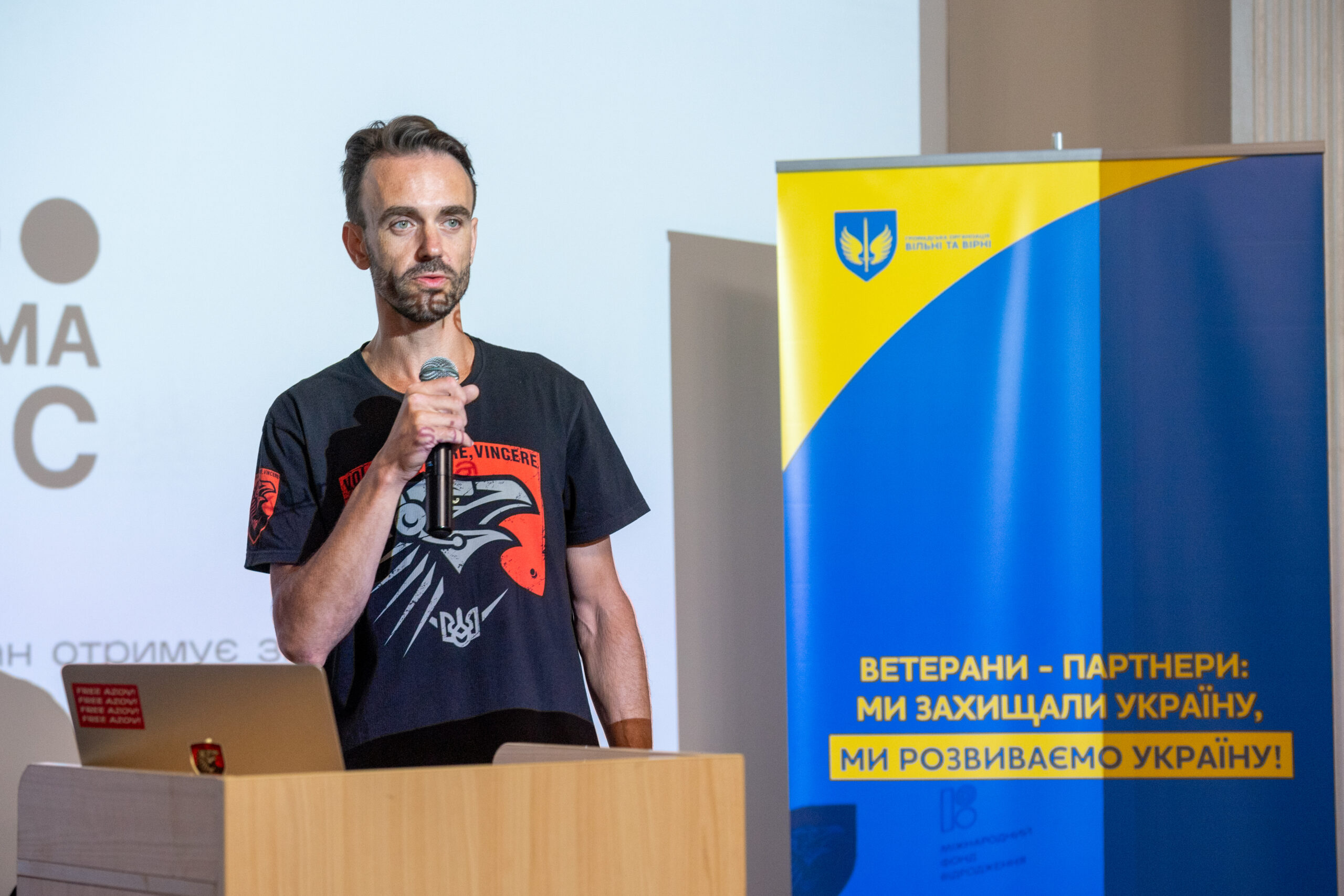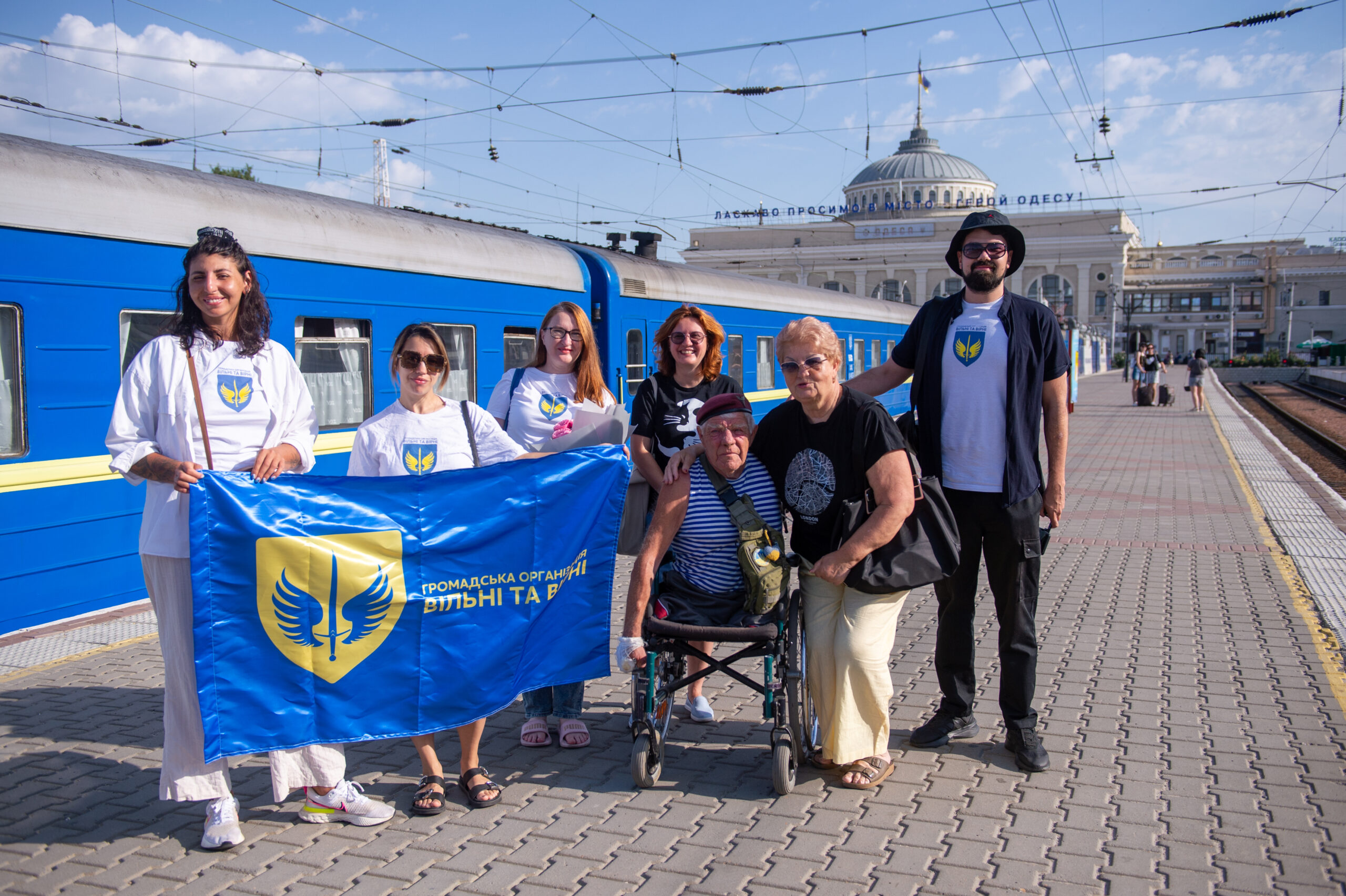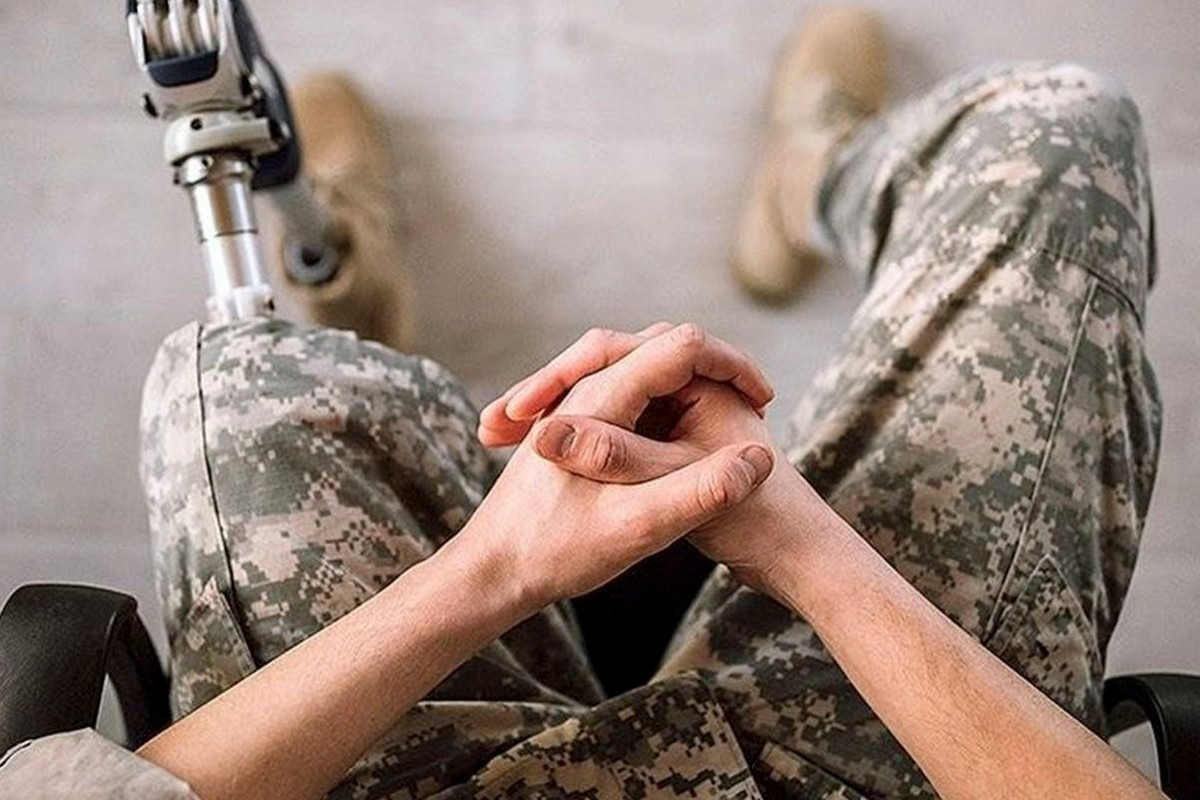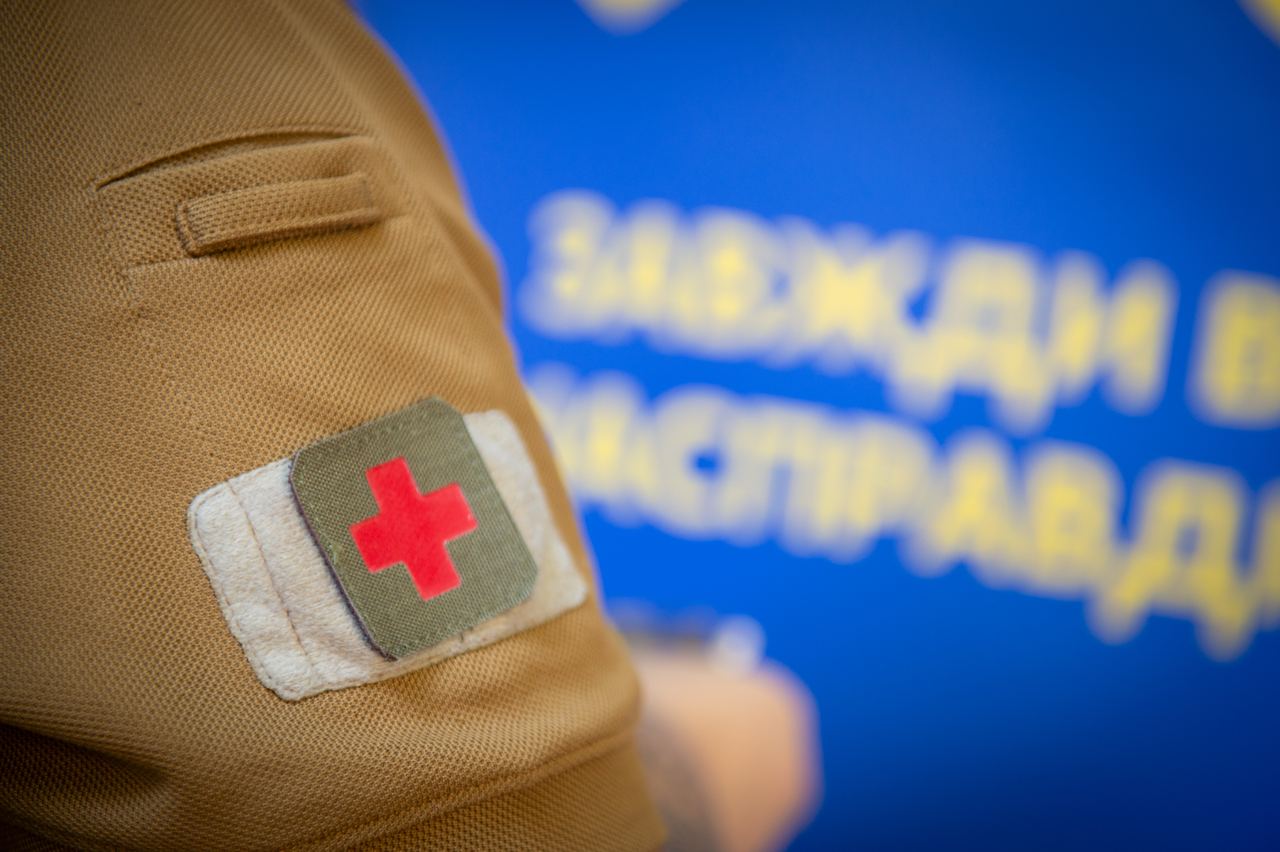Why is Veteran Policy in Ukraine Ineffective?
To answer this question, one can compare the actions of politicians and high-ranking officials, as well as the relevant ministries in the United States and Ukraine. It’s important to note that there’s no need to compare the financial capabilities of these countries, which are vastly different. Instead, focus on what has been done for veterans, so to speak, by the hands and minds of those in power.
Part 1: Personnel, Structure, Programs, Laws
To assess whether enough effort is being made in the area of state veteran policy, we must first consider the number of veterans in each country. The veteran and family member population in the U.S. is around 19 million. In Ukraine, there are currently 950,000 combat veterans, and by the end of the war, it is projected that, including family members, this number will rise to about 4-5 million people. At first glance, this seems like only a quarter of the U.S. veteran population, but it doesn’t mean that solving the existing problems will only require a quarter of the effort put forth by the Americans. Veterans and their families make up about 4.2% of the U.S. population, whereas in Ukraine, this figure will be at least 14%(!).
We have a much larger problem on our hands! The U.S. Department of Veterans Affairs (VA) was officially established in 1930 when the U.S. Congress authorized the president to “consolidate and coordinate government activities concerning war veterans.” The central structure of the VA comprises over two dozen divisions. The VA headquarters employs over 5,000 people, and the entire VA system has a workforce of 370,000. In the U.S., the VA is the second-largest federal department by number of employees. In contrast, Ukraine’s Ministry of Veterans Affairs began its operations in 2020.
It consists of 7 departments. The Ukrainian Ministry of Veterans Affairs also oversees the Ukrainian Veterans Fund, Social-Psychological Rehabilitation Centers, and the State National Military Memorial Cemetery. The Ukrainian ministry’s staff numbers 200. For comparison: the Ministry of Justice has about 1,000 employees, the Ministry of Internal Affairs had 1,600 employees as of early 2018, and the Ministry of Energy has about 370. In terms of staff size, the Ministry of Veterans Affairs currently ranks 3rd or 4th from the bottom among all 17 Ukrainian ministries, clearly indicating its “secondary” status in the executive branch. The U.S. VA’s policies are implemented through at least 12 major components/directions, each represented by separate, ongoing federal programs and projects.
The activities of the Ukrainian Ministry of Veterans Affairs cover 4 general components, divided into 14 separate directions, many of which are quite controversial, such as: the development of veteran diplomacy, the implementation of EU and NATO standards, involvement in military-patriotic and national-patriotic education, and so on. These “policy directions” aren’t even mentioned in U.S. veteran policy documents and materials. On average, each direction of veteran policy in Ukraine is managed by 14 ministry officials, while in the U.S., it’s over 400. We have what we have… The U.S. veteran policy system implements at least 50 ongoing large federal programs (some of which have been running for decades and have a significant number of sub-programs). The largest of these are healthcare, rehabilitation, housing, education, and employment.
As for projects, there are hundreds implemented at the federal level alone. In Ukraine, fewer than two dozen national veteran programs, along with projects that are so small-scale, it’s difficult to distinguish one from another, are being implemented today. Most of them are informational and consultative in nature. In the U.S., veteran policy is currently regulated by at least 55 federal laws, half of which were adopted in the last 10 years, meaning they are relatively modern norms. In contrast, veteran policy in Ukraine is regulated by 4 laws and 31 bylaws (resolutions, orders), 50% of which regulate the activities of departmental commissions.
No fundamentally new veteran laws have been passed in recent years. Three-quarters of the laws were adopted before 2014, with the most important ones dating back to 1991 and 1993. This indicates that veteran policy in Ukraine is under-legislated and clearly not among the government and parliament’s priorities.
To be continued…

